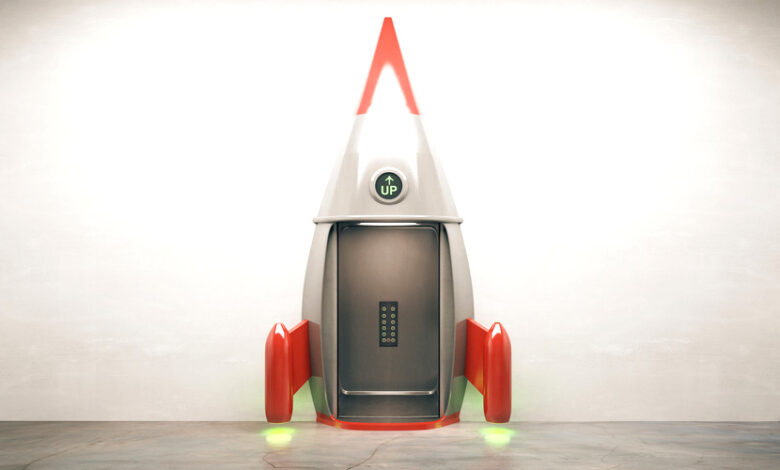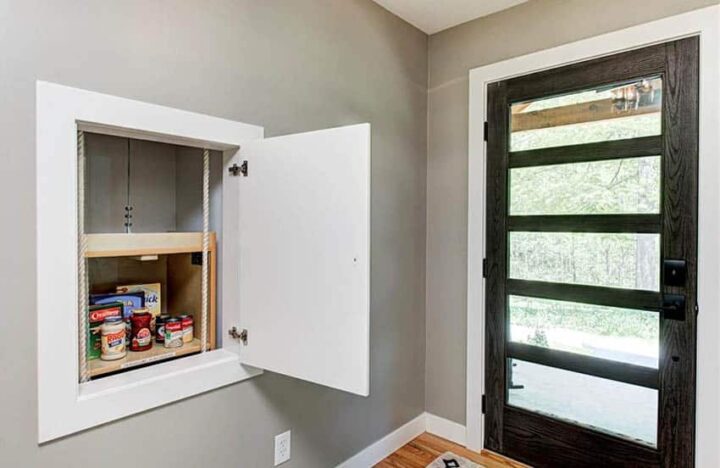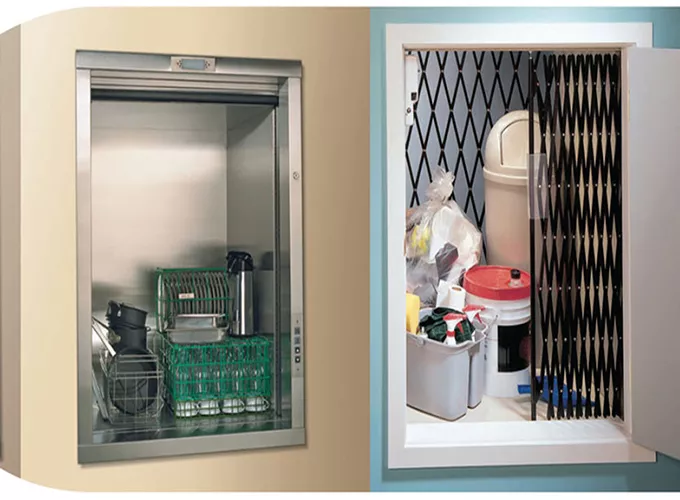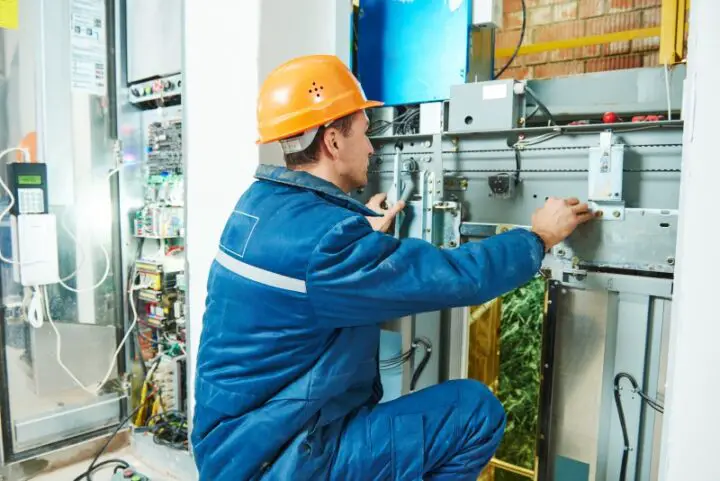10 Interesting Facts about Service Lifts

The concept of a dumbwaiter or service lift might seem as though it’s an outdated and rather ancient concept. One may visualise an old rickety-style rope and pulley system in a dark and cold tunnel transporting coal and rubbish.
Truth be told, service lifts (like servicelifts.com.au) are still used today and in various areas that you might not even expect to see. Technology has come a long way since its original conception and humble beginnings.
Here are some interesting and random facts about service lifts or dumbwaiters they were initially called.
1. Dumbwaiters originated from Greece

The Greeks were the inventors of the dumbwaiter. These lifts moved the load using a network of winches and pulleys with ropes pulled by powerful men. By using 24 lifts to transport animals and gladiators to the Colosseum’s fighting arena floor, ancient Rome advanced the concept. There were hundreds of men needed to run these elevators.
These hoists evolved into freight and passenger elevators over time.
2. Thomas Jefferson adapted the dumbwaiter to suit modern needs at the time
Thomas Jefferson, who is frequently given credit for developing the dumbwaiter, actually observed the concept while traveling through France. He then returned to the United States with it.
He adapted the dumbwaiter to become more of a Lazy Susan style of equipment, which was spring-loaded and contained everything necessary for the progress of the dinner from beginning to end. This appliance was placed into the wall, allowing servants to remain in the adjacent room where they could add and remove dishes covertly.
It was thought this was done so that private conversations could not be heard by servants and the term ‘dumbwaiter’ was used because the instrument was viewed as a silent servant.
3. The electrical version didn’t occur until the 1920s
American inventor George W. Cannon formally submitted the first dumbwaiter patent application in 1887. Pulleys and weights are mentioned in Inclinator’s description of his concept, but by the 1920s, the dumbwaiter had evolved into an electrical system that used an electric motor to propel a lift between floors of a structure. That would account for their appeal in multi-story eateries and libraries.
4. Dumbwaiters are generally not designed to carry people

Similar to a small freight elevator, a dumbwaiter is a miniature elevator. It enables transportation of items from one floor to another safely and easily and is silent, safe, and dependable. A dumbwaiter is a device that travels vertical rails inside a shaft incorporated into one of the walls of your house or place of business using electrical power.
It is designed in a more simplistic manner than an elevator used to transport people and lacks some of the vital safety mechanisms lifts have, which is why you can’t ride in them.
5. Dumbwaiters were used widely around the world for some time

In London, dumbwaiter elevators were very common in the homes of the affluent and privileged. They were used by maids to transport laundry from various rooms of the house to the laundry room. This saved time and avoided injuries by eliminating the need to carry handfuls of filthy laundry across the house.
Dumbwaiters weren’t just for the elite; certain tenements in New York City received them as well, and many of them are still in operation today. In fact, there are several companies that produce contemporary dumbwaiters. This is one example of old-fashioned household technology that has stood the test of time.
6. The Australian Defence Force uses Service Lifts
Let’s face it, those Navy boats and sea rigs can be pretty big. Lugging essential and rather large equipment such as radar equipment and satellite dishes up to higher levels would be an impossible task for even a group of people working together.
Service lifts ca n be specifically designed to accommodate the required weight of up to 450kg!
7. They are also used in wind turbines
Those rather elongated wind turbines also require safe and easy access to an extended height, and also the transportation of extensive and heavy equipment.
Service lifts can assist with this task safely and quickly. It is estimated there are approximately 25000 service lifts installed in turbines throughout the world.
8. It makes life a lot easier for hotel staff

Most large-scale hotels utilise service lifts that to transport larger items that are usually on trolleys or roll cages. These are generally located in places where the hotel receives their deliveries. These deliveries are then transported to various designated floors. To keep them hidden from the view of hotel guests and other consumers, they are mostly situated at the rear of the premises.
Hotels also often have specific dumbwaiters of service lifts to transport dirty linen from various levels of the hotel. Instead of pushing a large and heavy trolley through multiple corridors and access points, there is often a drop shaft or specially designed service lift with a direct line to the laundry.
9. Nursing homes may also invest in this product
Food and beverage services, trolleys and linen can be quite extensive in a nursing home. With multiple residents of various needs, some of them complex and of significant disability, it is vital to ensure that staff and resident safety are protected. Service lifts will save on manual handling and can also allow for more space within the environment.
Space in an aged care premises is of great importance as the usage of larger care-related equipment, such as trolley beds, wheelchairs, and other high care needs materials take up a lot of physical space. Patient care is of the utmost priority. Having a service lift can assist in reducing the need to transport food and equipment throughout the facility.
10. Some homes may still use them
In some situations, the ancient dumbwaiter may have been removed from homes, especially if the house has been refurbished or scaled down from its previous size. But in some cases, the larger scale home may still be standing and with it, the service lift, although, mist likely be renovated to accommodate modern needs.
